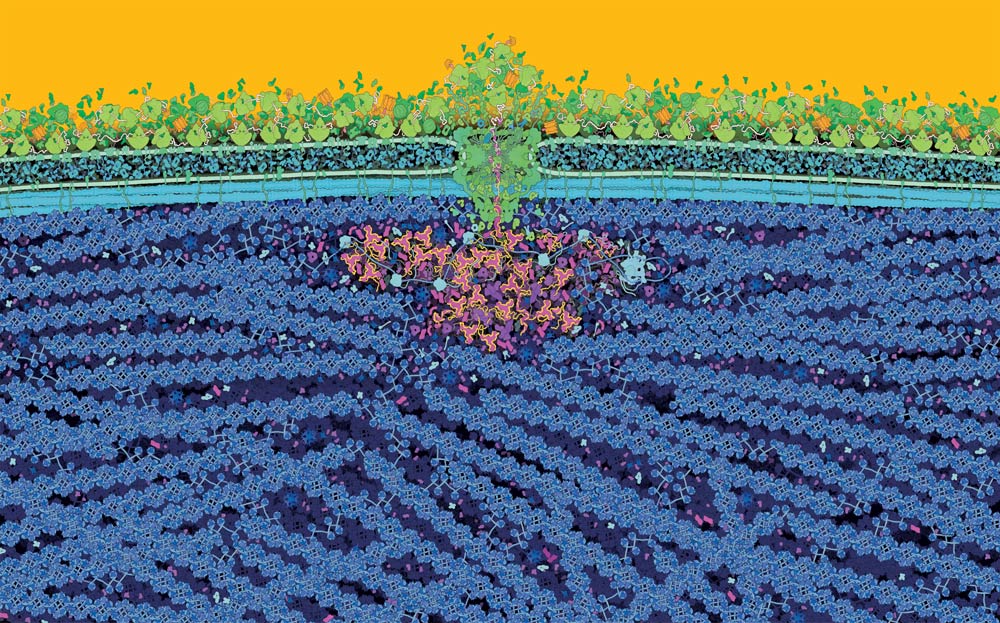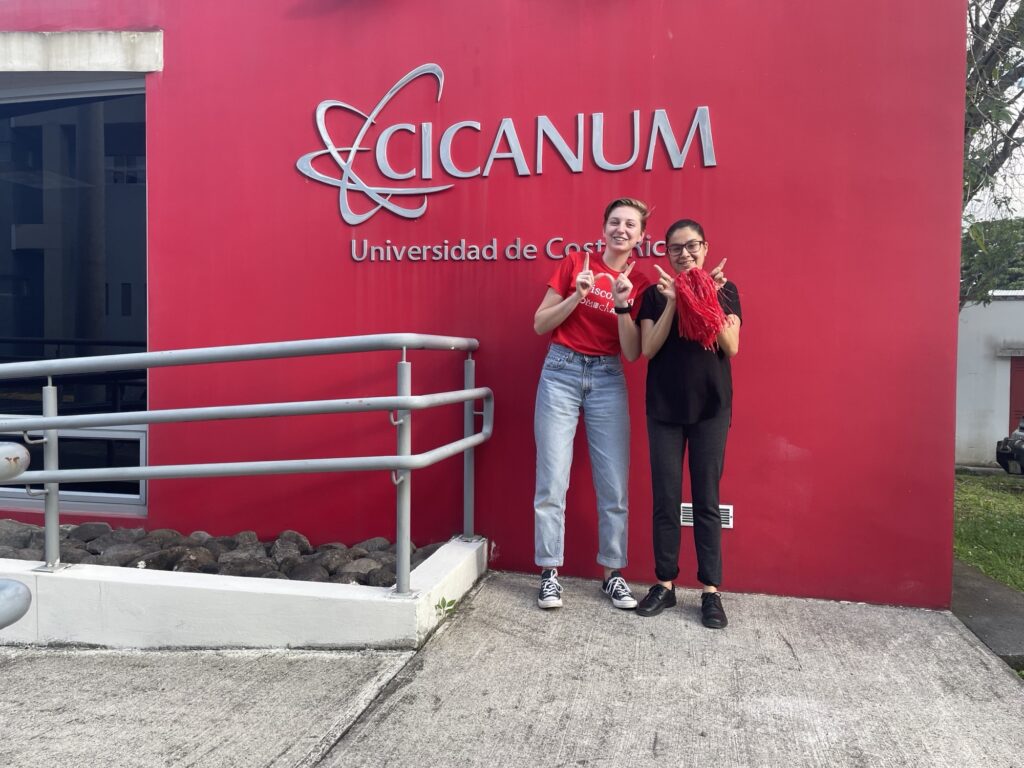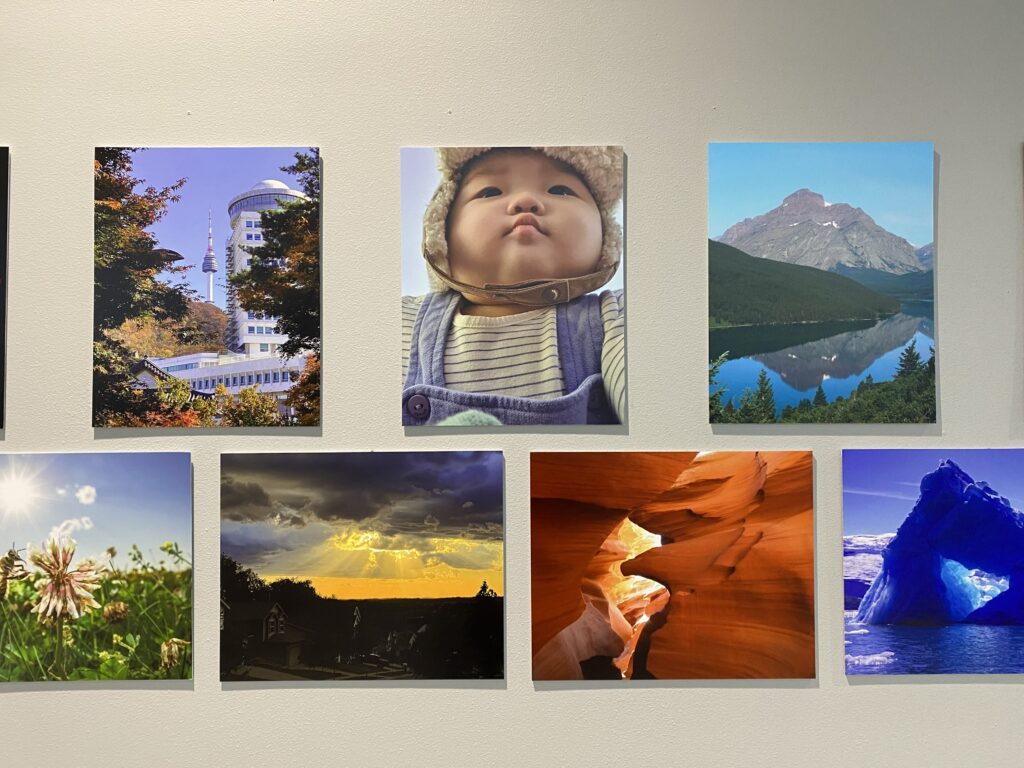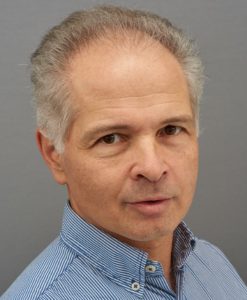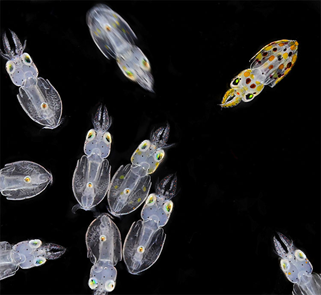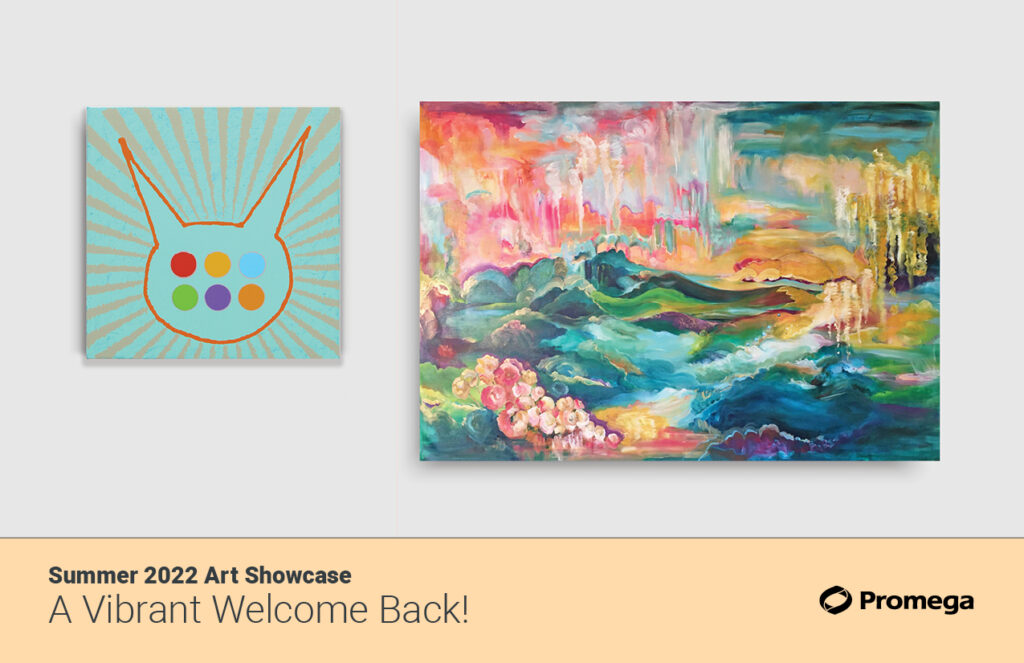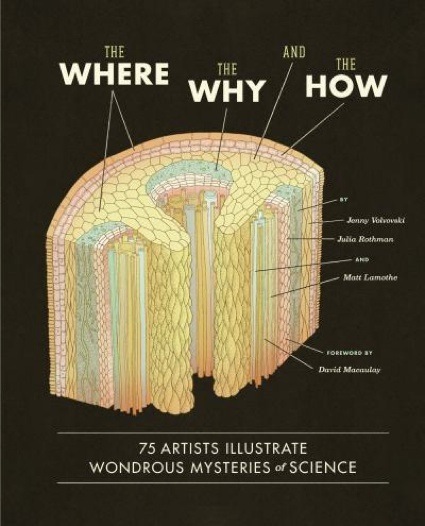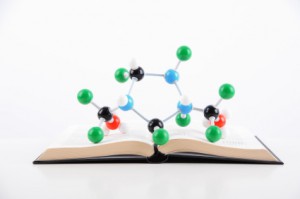Like the recipe book for life, every living creature has DNA. DNA contains genes, which contain instructions for making proteins. There are many types of important proteins that impact the way our body functions. Transcription factors (TFs) are a special protein that controls what other proteins are made by directly interacting with DNA to turn genes “on” or “off.”
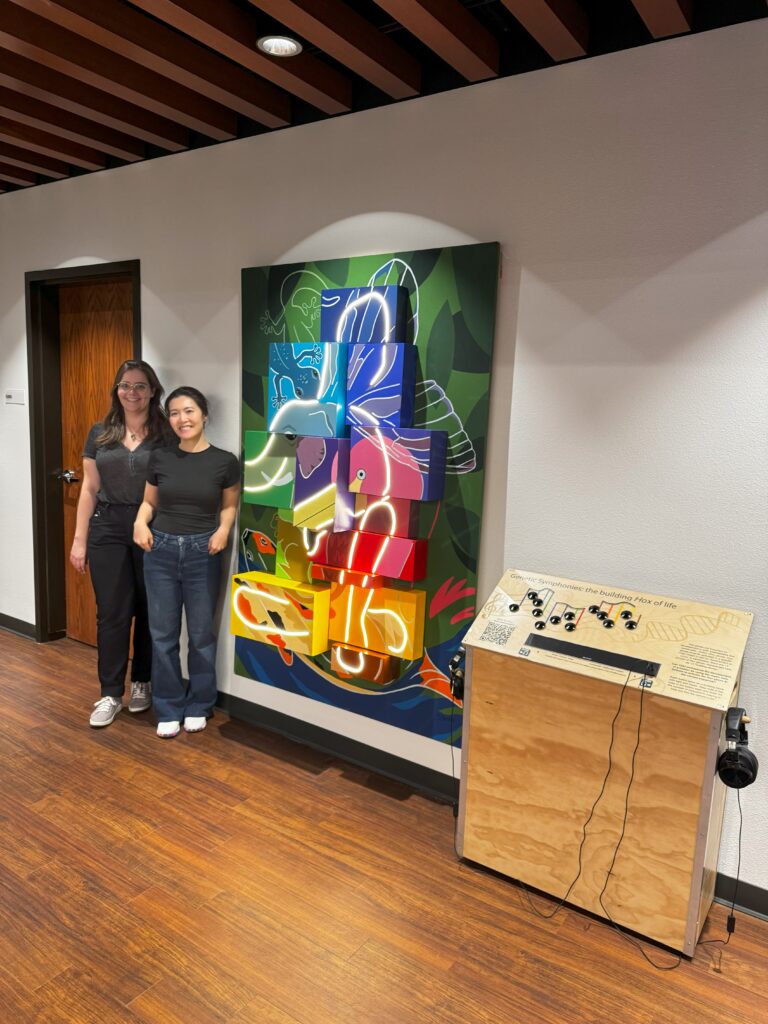
The newest art installation at our Biopharmaceutical Technology Center Institute (BTCI) brings this concept to life. “Genetic Symphonies: Building Hox of Life” uses a human skeleton to showcase how TFs turns on Hox genes by flipping the switches in the correct order. Hox proteins are a special TF that function during growth and development—and all mammals have them. There are 13 groups of Hox TFs (Hox1-Hox13) and unlike other proteins, Hox TFs must be made in a certain order for proper development to occur, starting with Hox1 and ending with Hox13.
In this interactive exhibit, the user is a TF and must turn on Hox genes by flipping the switches in the correct order on a control podium. Every switch (Hox gene) you flip will be accompanied by light and sound (Hox proteins), representing the production of Hox TF proteins. If you successfully turn on all 13 light switches in the correct order, then the entire skeleton will be lit up, orchestrating your own developmental symphony.
Continue reading “Genetic Symphonies: Building Hox of Life “